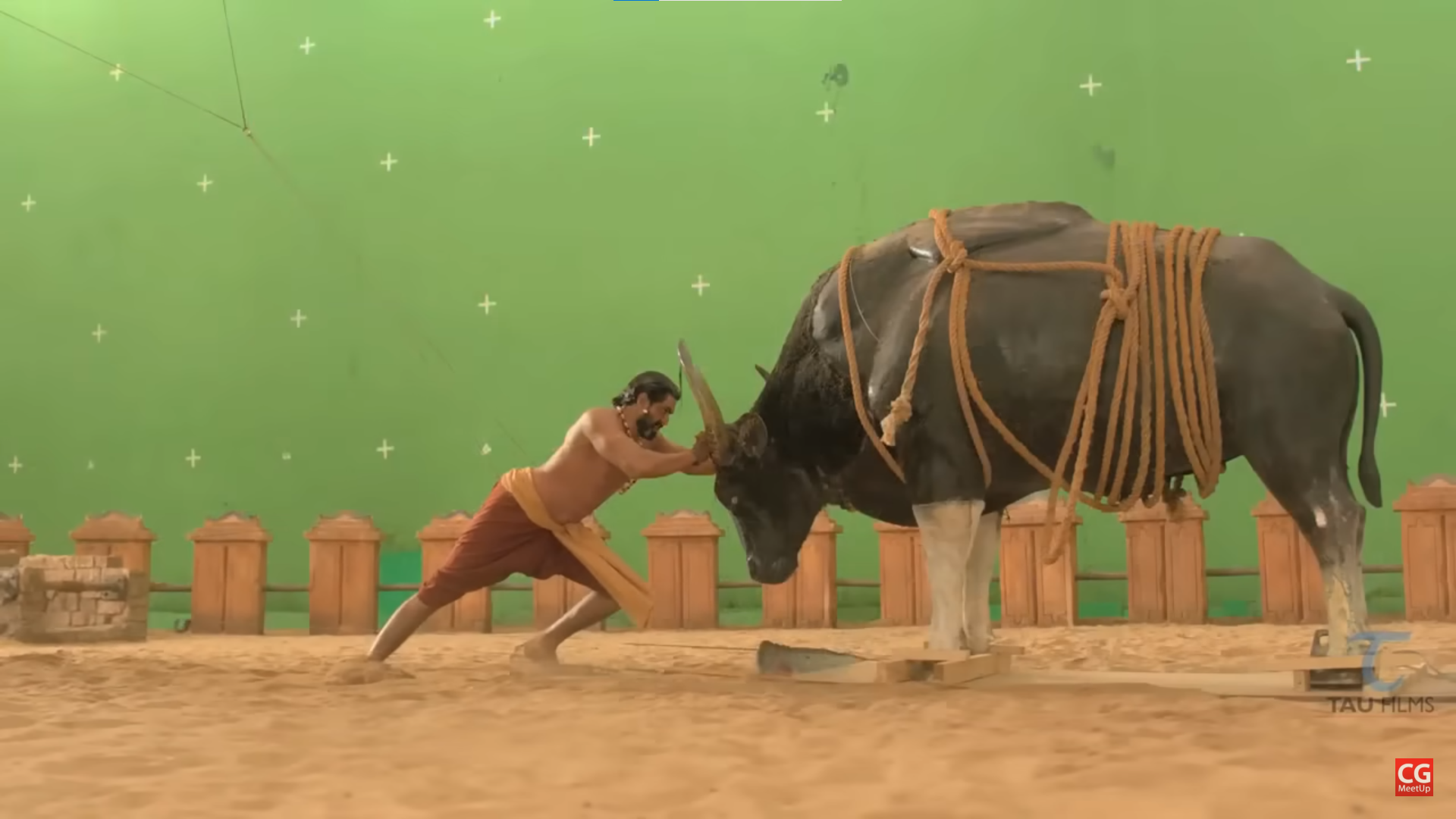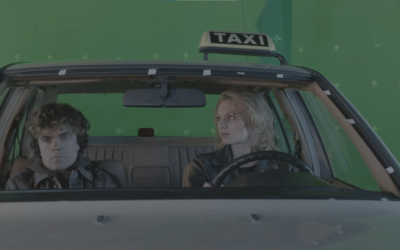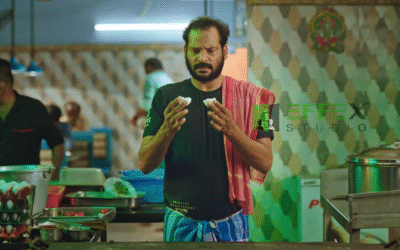Client Background
A mid-budget South Indian film production company, known for its stylized action thrillers, approached our green screen studio to create a gripping rooftop fight sequence. The client had a clear vision: a midnight rooftop showdown between two lead characters, surrounded by a digitally rendered skyline, pouring rain, and scattered debris — all within the safety and flexibility of an indoor shoot.
Due to the high-risk stunts, uncertain weather, and tight shooting schedules, the filmmakers opted to use green screen for virtual production to recreate the sequence with precision. They were looking for a solution that would allow for dynamic camera movement, complex stunt choreography, and creative lighting without the unpredictability of an outdoor shoot.
Project Objective
The main objectives of this project included:
- Recreating a detailed urban rooftop environment using virtual assets.
- Executing intense stunt choreography, including flips, wire pulls, and punches.
- Adding atmospheric elements like wind, rain, and distant helicopter lights.
- Capturing the entire sequence with cinematic flair using practical and digital fusion.
The director wanted every frame to look stylized and larger-than-life, much like big-budget action franchises, even though this was an indie production with limited resources.
Challenges Faced
- Simulating spatial depth and rooftop elevation within a confined indoor space.
- Lighting the scene to mimic city reflections and moonlight glows without causing chroma spill.
- Coordinating wire stunts with camera motion while avoiding visual mismatches in post.
- Ensuring that each retake maintained continuity in motion, lighting, and prop positions.
Additionally, integrating real-time digital previews of the virtual rooftop environment was essential for accurate blocking and alignment.
Execution
We customized our studio pipeline using green screen for virtual production, enabling real-time visualization and scene integration during filming.
Studio Setup:
- Our 50×50 ft. chroma space was transformed into a modular rooftop with physical ledges, platforms, and a scaffold structure for stunts.
- LED backlights simulated ambient city light flickers while spotlights mimicked overhead moonlight.
- Wind machines and rain rigs added natural chaos and enhanced realism during mid-air flips and falls.
Choreography & Stunt Coordination:
- Professional stunt actors were rigged with safety harnesses and wire setups to perform controlled jumps, spins, and impacts.
- Choreography was synchronized with motion-controlled camera rigs to create smooth panning, dolly-in, and crane-style movements.
- Fight scenes were blocked with pre-recorded stunt maps and tested within the digital environment to ensure spatial accuracy.
Camera & Visual Direction:
- High-speed cameras were used to capture impactful slow-motion shots of glass shattering, punches landing, and bodies colliding.
- A dual-monitor system displayed live composite previews, showing actors within the virtual rooftop layout in real time.
- Cinematic lensing, including anamorphic flares and close-up action cuts, gave the scene a big-screen feel.
Post-Production:
- A 3D rooftop skyline was designed and rendered using Unreal Engine and Blender, featuring distant skyscrapers, rotating billboards, and city traffic.
- VFX overlays added lens fog, falling sparks, and glistening rain particles.
- Camera match-moving was meticulously performed to ensure that real-world motion translated perfectly to the digital environment.
Results Achieved
- The fight scene became one of the most shared clips from the movie’s trailer on social media platforms, generating organic buzz and media coverage.
- Critics highlighted the scene’s visual richness, fluidity, and safety-first approach as a standout production choice.
- The director noted that the green screen for virtual production setup not only reduced location risks but also opened up more creative possibilities for the final sequence.
The producers reported substantial time savings, completing the sequence in 1.5 days of studio shooting, compared to an estimated 4–5 days if shot on-location with stunt logistics and weather delays.
Key Takeaways
- Green screen for virtual production enables filmmakers to execute complex stunt sequences with creative control and physical safety.
- It bridges the gap between indie-scale budgets and blockbuster-style visuals.
- When used with motion-controlled rigs and live preview systems, virtual production ensures perfect alignment between physical action and digital environments.



